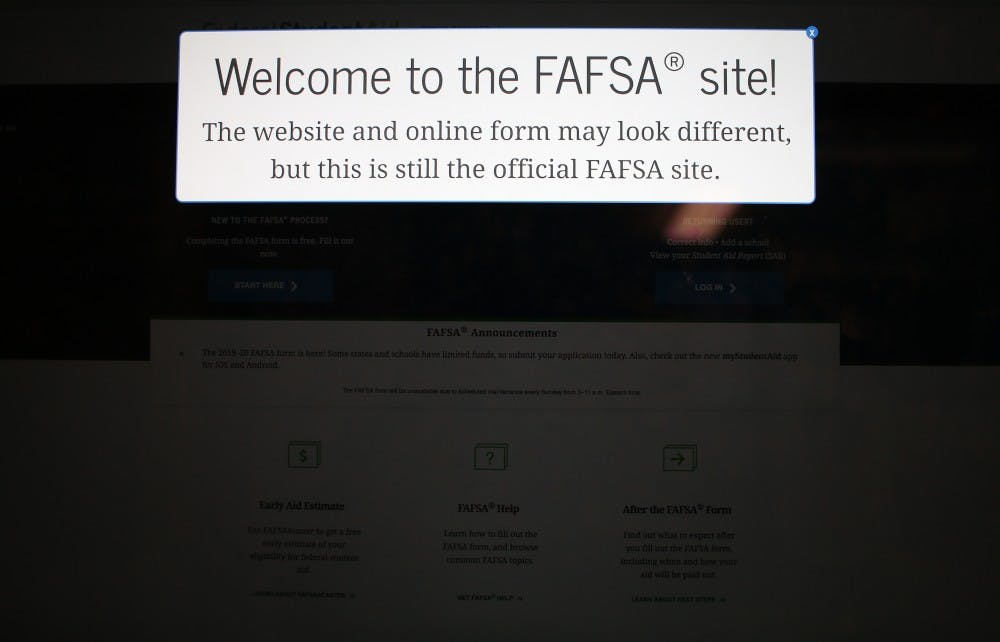October is a magical month. The air gets cooler, the leaves change color and pumpkin spice flavoring invades every food product known to man. But for college students, October is also the month to start preparing for next year’s financial aid.
That’s right. The Free Application for Federal Student Aid officially opened Oct. 1, so here’s some quick tips on how and why IU students should fill out it out.
What is it?
FAFSA is exactly what it sounds like: it’s an application to receive financial aid to pay for college. It can be completed online or submitted as a paper copy through the mail.
Families fill out the FAFSA using their tax information to determine the expected family contribution, or EFC, to the student’s education costs.
Schools use the EFC to determine what kinds of financial aid a student qualifies for, such as student loans, grants or work-study funds. They also use the EFC to determine state aid or scholarship qualification.
Why do it?
The FAFSA might seem long and boring, but that’s no reason to put it off.
Students who don’t complete the FAFSA can’t qualify for federal aid, which means they’ll need to pay for a year of school without any aid.
Additionally, IU uses the FAFSA to determine need-based financial aid and even requires students have a copy on file for some merit-based scholarships, according to the Office of Scholarships website. External scholarships may also require students to complete a FAFSA.
How is it done?
- Apply early. The federal deadline for the FAFSA is June 30, 2019, but some scholarships and state aid have earlier deadlines. The Frank O’Bannon Grant for Indiana residents requires applicants have their FAFSA in by April 15. Getting it done early also means less stress when applying for other types of aid.
- Talk with your parents. Even students who pay for college without their parents' help may need to report their parents' financial information if they are not considered an independent student. Independent students include married students, veterans, students earning graduate degrees and students who will turn 24 or older during the school year.
- Gather necessary information. To fill out the FAFSA, students need the their Social Security Number and family financial records, including tax returns, bank statements and investment records according.
- Use the Data Retrieval Tool. The online version of the FAFSA allows parents and students to transfer their tax return information directly to the FAFSA through this tool from the Internal Revenue Service.
- Double-check everything before submitting the FAFSA. Students can make changes after the form is submitted, but mistakes on a Social Security Number may require filing a completely new FAFSA.
- Look out for a Student Aid Report. The SAR summarizes a student’s financial information and calculates his or her EFC. Schools use the SAR to determine eligibility for federal, state and institutional aid. Students can access their SAR three to five days after their FAFSA is processed.




